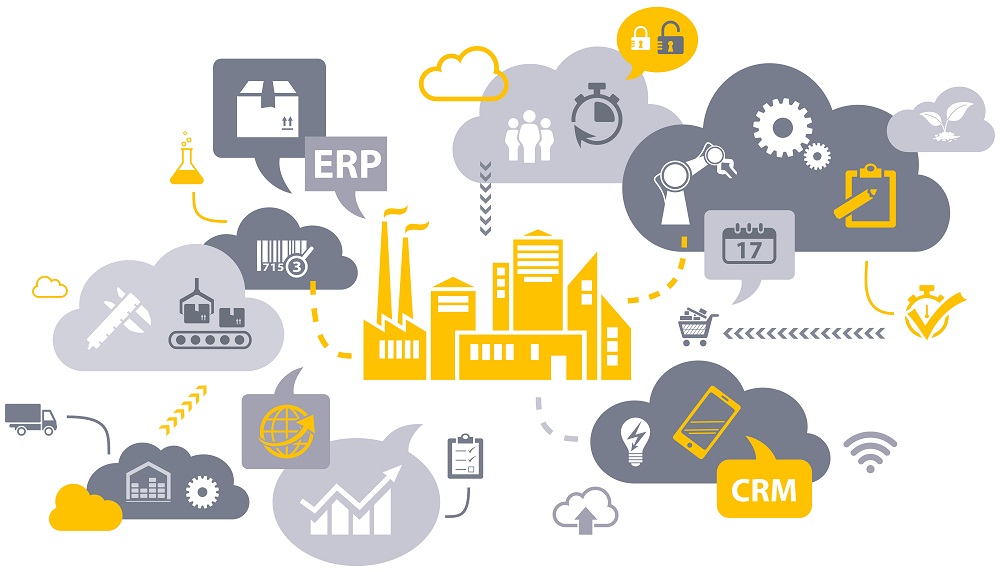In most companies, the back-office is where customer needs and requests are actually fulfilled. Accordingly, it’s a critical driver of revenue and customer satisfaction. The work carried out in the back-office directly impacts what you can deliver to your customers.
In the last decade-plus, many companies have invested a lot in streamlining and improving their customer-facing operations. But in many ways, the back office — which includes logistics — often still functions as it did a hundred years ago.
So how can you improve office efficiency in this neglected area to improve the back-office efficiencies of your shipping operations and to gain a competitive advantage?
First, let’s look at what exactly the back office is, and then we’ll look at ways to improve its functioning.
What is the Back-Office?
The back office is all the resources of the company devoted to actually producing a product or service. It includes all the other labor unseen by customers, such as administration, accounting, fulfillment and inventory management, logistics. The front office is the “face” of the company. It’s all the resources the company uses to make sales and interact with customers and clients.
Because they involve a great number of varied processes and departments, back office functions tend to become siloed. They operate independently of each other in a way that can be frustrating for both customers and internal clients.
Using Automation to Improve Office Efficiency
People make mistakes because they’re human. The more manual processes that can be automated, the less likely it is that mistakes that cost time and money will occur. Over the previous years, the role of technology in the supply chain has increased drastically.
The following is a partial list of processes that, when automated, improve back-office efficiency, reduce wastage, utilize employee time more profitably, and attain other gains:
- self-service ordering (B2B & B2C)
- price tiers and honoring custom quotes
- recurring orders
- order changes, cancellations, and returns
- invoice generation and delivery
- order fulfillment
- inventory management (counts and reordering; multiple locations)
- selection of carrier and service level
- address correction and machinable manifests (avoid penalties)
- auditing
- data collection, analysis, and reporting
How automation can help improve back office efficiency
The complexity and varied nature of the back office creates particular challenges for increasing office efficiencies, which is why it’s critical to take a global overview and determine how business rules can be applied uniformly across the whole enterprise. A technological solution that’s functional and scalable across departments can dissolve the barriers created by siloing by making information available to all users and encouraging creative collaboration.
Implementing systems for customer relationship management (CRM), transportation management (TMS), and enterprise resource planning (ERP) that integrate with each other and automate many tasks can vastly improve the efficiency of internal processes and free up resources (particularly human resources) to be utilized more productively and profitably.
Technology can optimize back office task assignments based on task priority and employee skills and availability for efficient workforce management strategies. By removing the decision-making factor — employees are assigned tasks, rather than looking at a to-do list and choosing what they will work on (usually the easiest item) — important tasks will be completed first and in a timely manner, and management will be freed up to concentrate on activities that require higher-level thinking.
A well-thought-out deployment of enterprise-wide technological solutions will enhance the customer experience, increase operating efficiency, and allow a company to use its human power to do what technology — even the latest AI — still can’t: perform critical business decision-making and planning.


